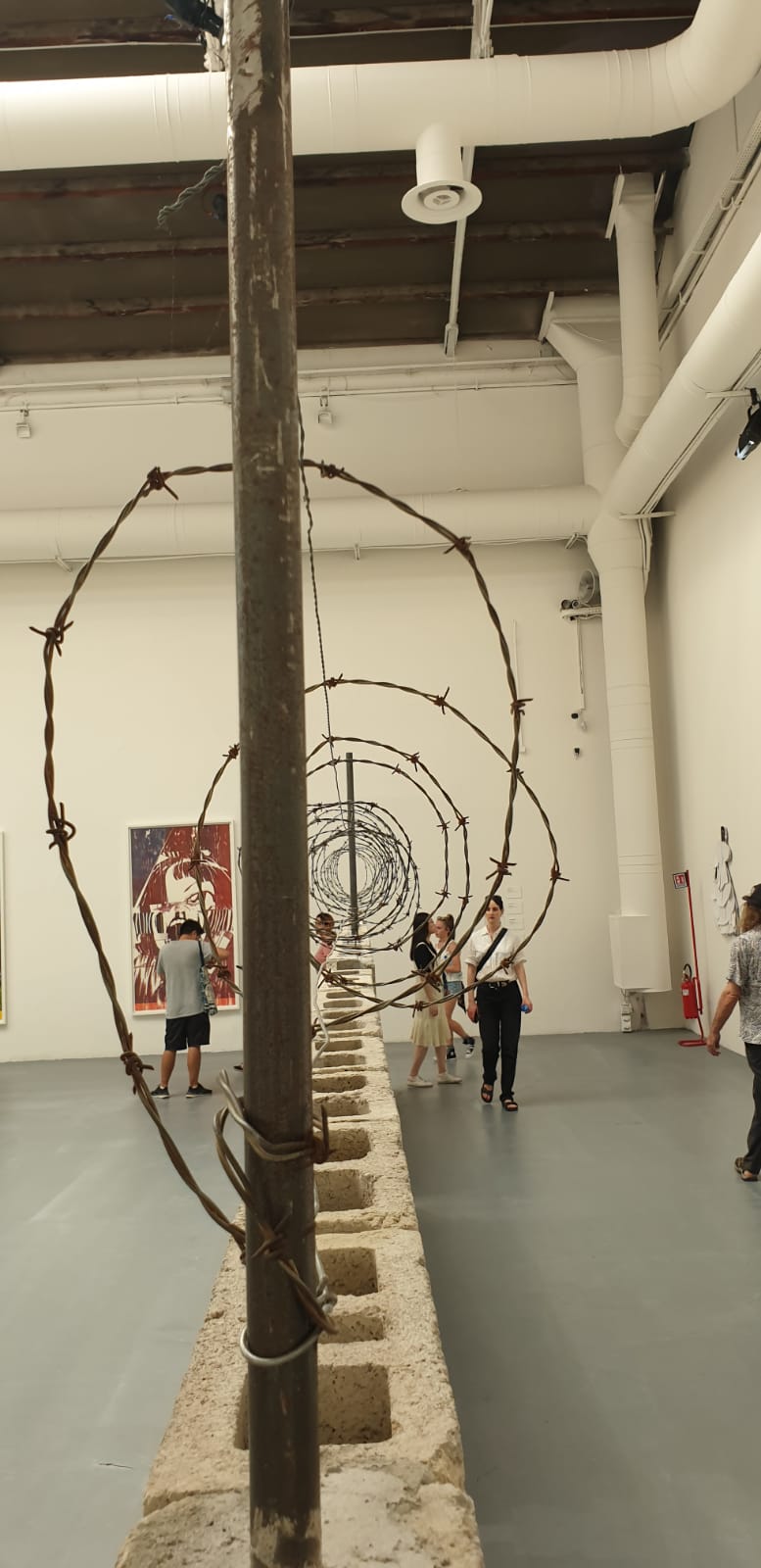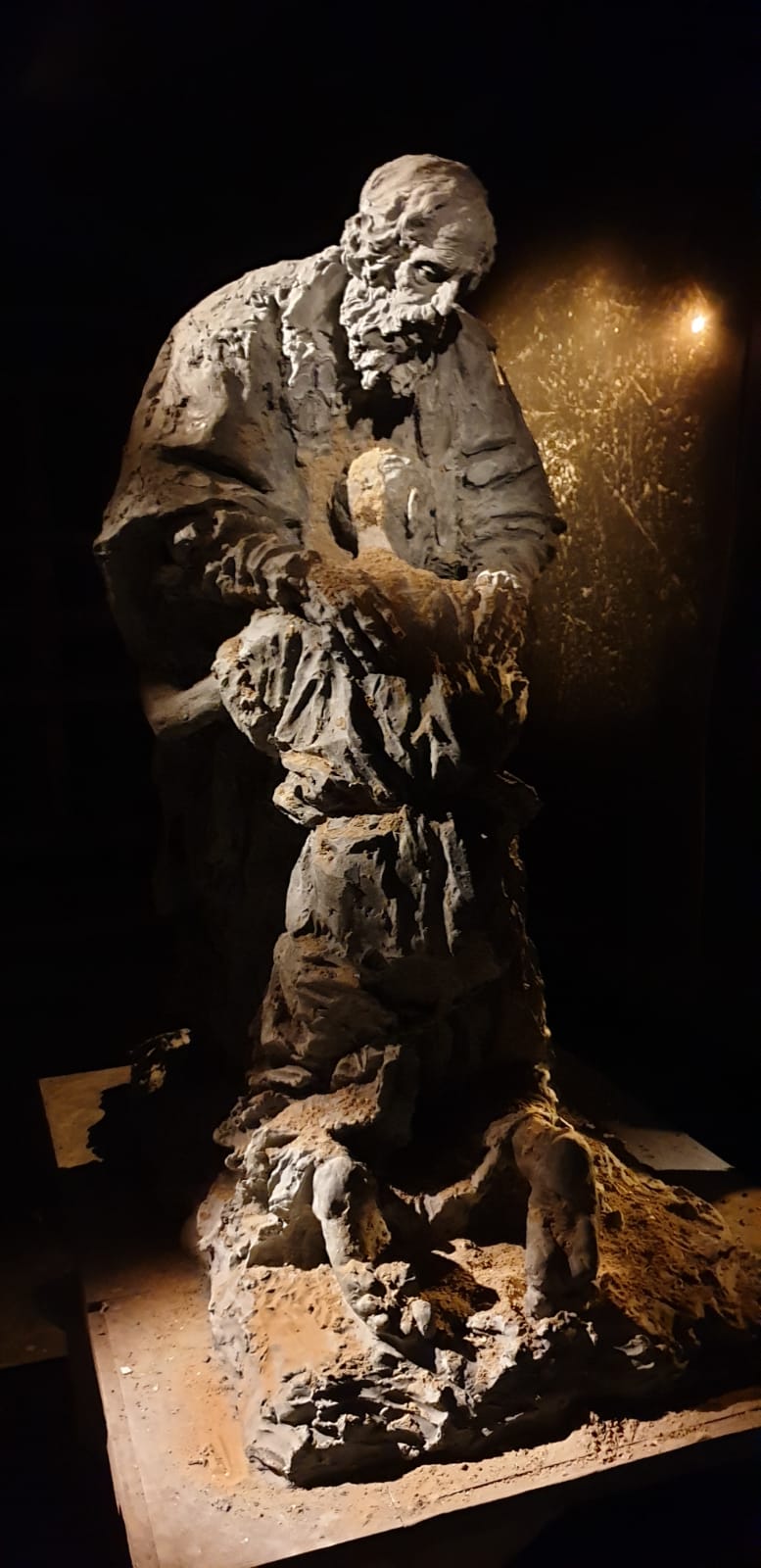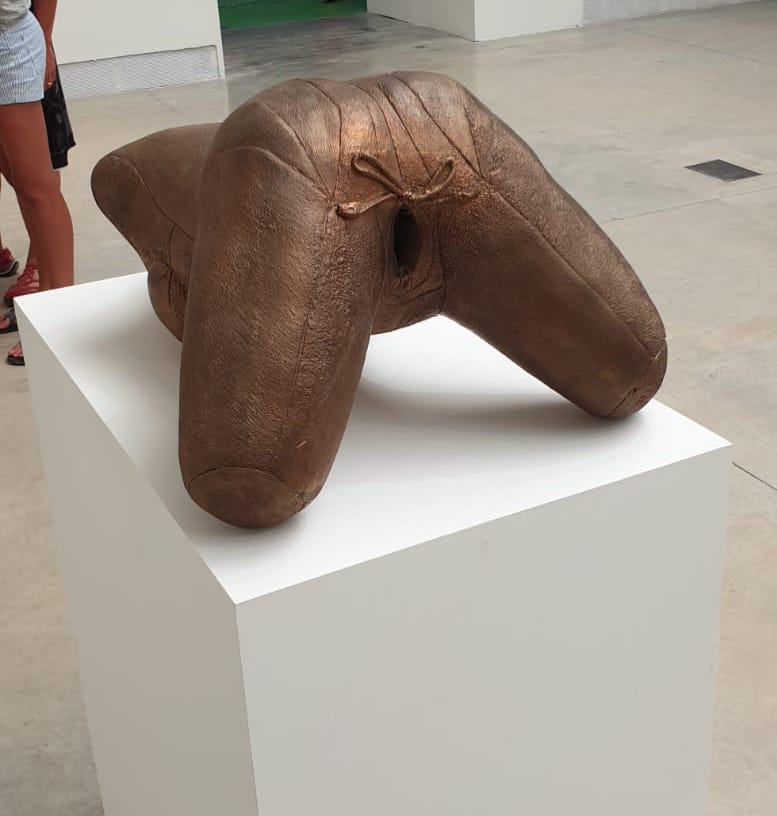The Biennale of Venice 2019
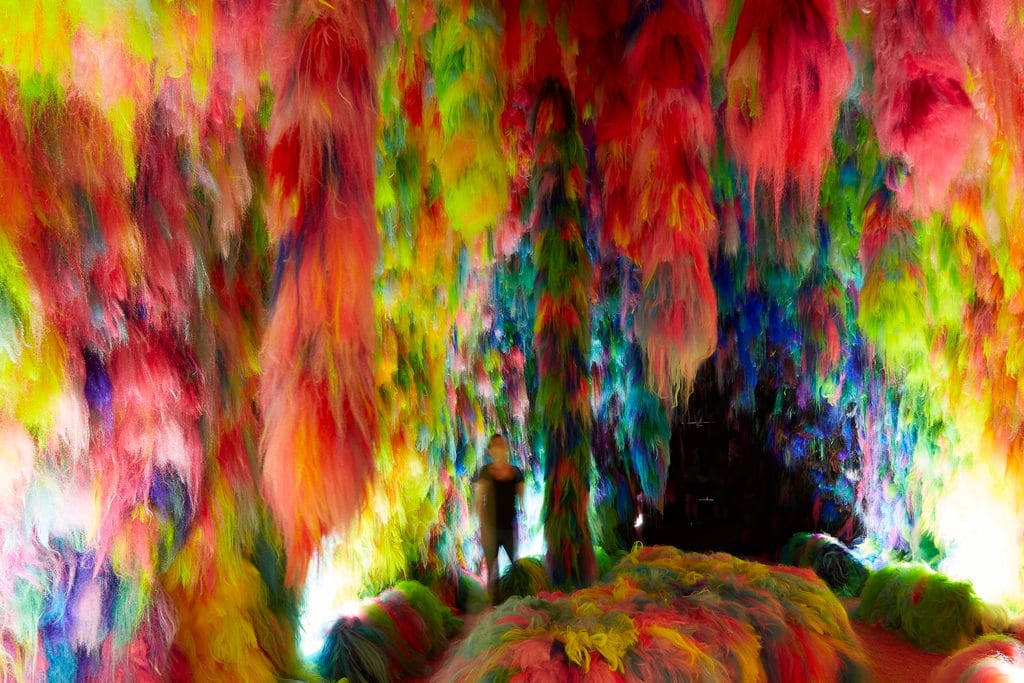
Held every two years since 1895 the Biennale of Venice is questioning the novelty in art, giving to each country the opportunity to exhibit their most representative contemporary works of art.
The Biennale of Venice was initially an event organized to celebrate the 25 years of marriage of the King Humbert I (king of Italy) with Marguerite de Savoie, and developed over the years into one of the most authoritative places in the art world.
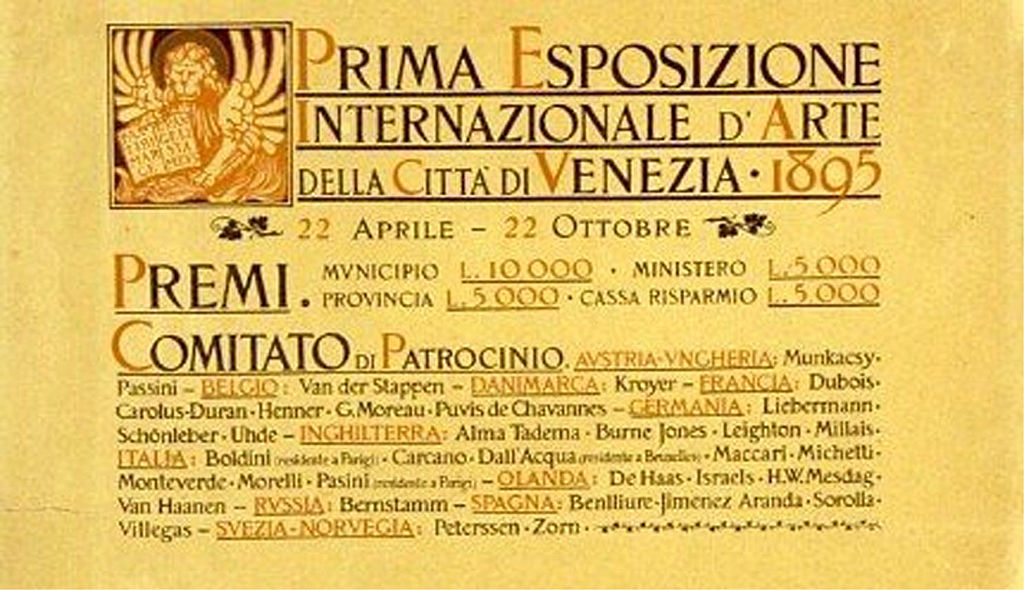
But what happens in 2019? What is the favorite way of expression of contemporary artists? Which artistic genre dominates the exhibition? Is there still originality in art? What is art and what is not art?
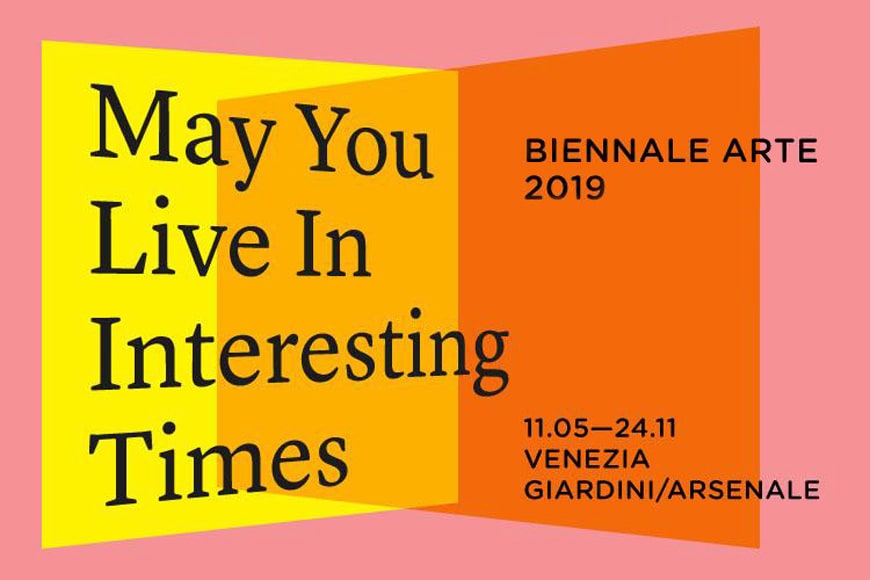
May you live in interesting times is the title of the Biennale of Venice in 2019, a title which sounds like a blessing for the spectator who is invited to celebrate the new forms of expression of our present time. But simultaneously, the English expression is known apocryphally as an imported traditional Chinese curse. "May you live in interesting times" as a proverbial statement is referring to conflict and chaos, which are more likely to engender interesting changes… interesting times. A Western conception confirmed by Hegel in his Philosophy of History:
World history is not the ground of happiness. The periods of happiness are empty pages in it. Hegel
With this ambivalent and ambiguous introduction the Biennale of Venice opens its doors towards the Unknown.
It’s interesting to notice that the most privileged way of representation for most of the countries is the video.
SPAIN has even two of them, one at entrance showing to the spectator how two women imitate the sound of the ocean and a second video having as protagonist a woman peeing, in a very explicit way, in the rain - To pee in public or private spaces by Itziar Okariz and Sergio Prego.

France, Canada, Denmark, Japan, Venezuela, Korea (and this is to give a few examples) used also the video as a way of transmission of their art.
For FRANCE the video was a way of intermingling realities showing performances of characters of different ages and from different backgrounds, linked to the overall theme Deep see blue surrounding you/Vois ce bleu profond te fondre. A mise en scène created by Laure Prouvost exhibiting a tentacular pavilion which examins our origins and our final destination.
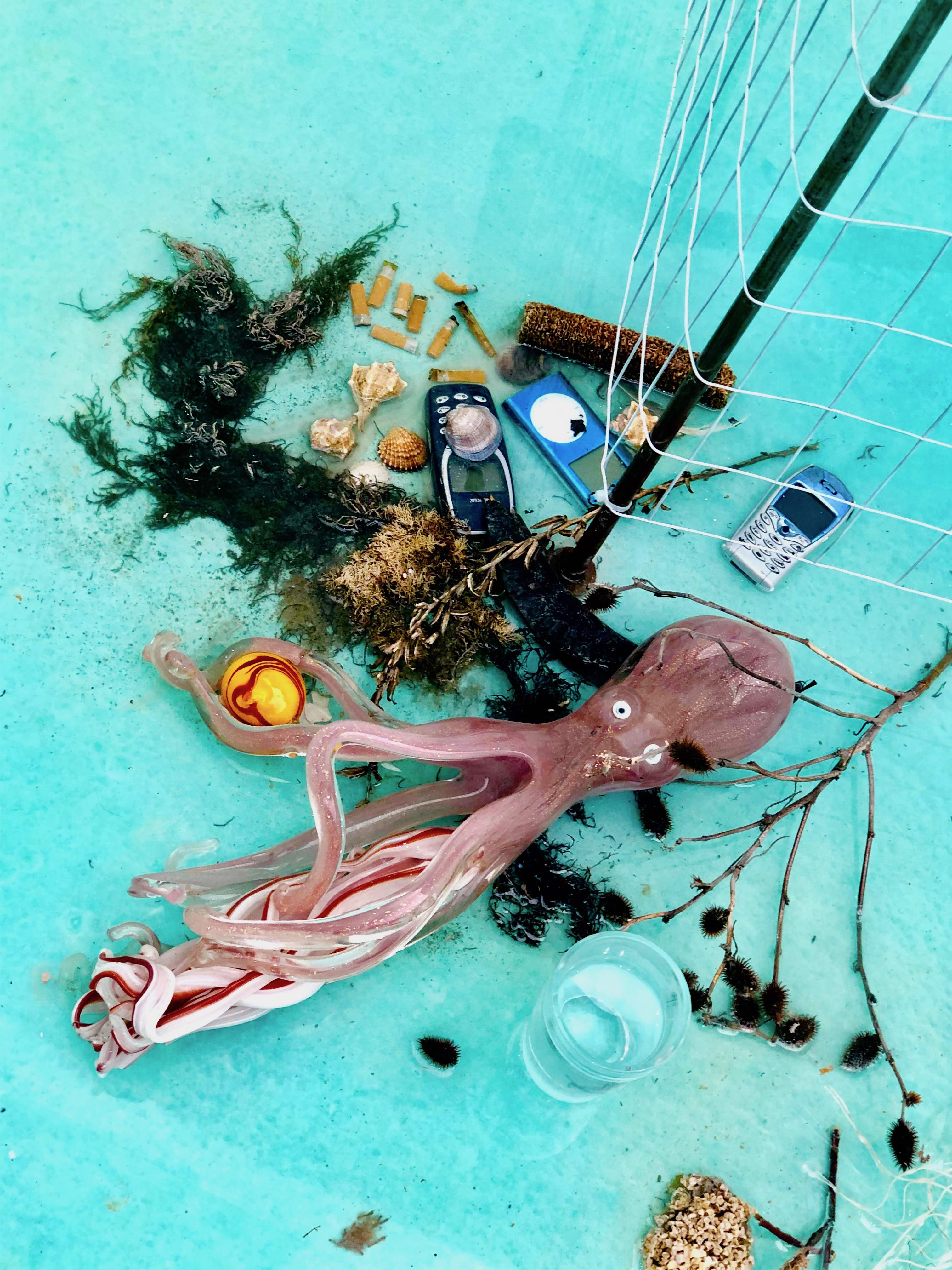
CANADA presented a series of documentaries art videos under the name of Isuma highlighting the forced relocation of the Inuit people in the 1950s.
JAPAN Cosmo-Eggs - Four instances of video-footage filmed by Motoyuki Shitamichi that captures "tsunami boulders" pushed to the surface from beneath the ocean. Collaborating with other artists this exhibition interrogates, from an ecological point of view, where and how we can survive in our world.
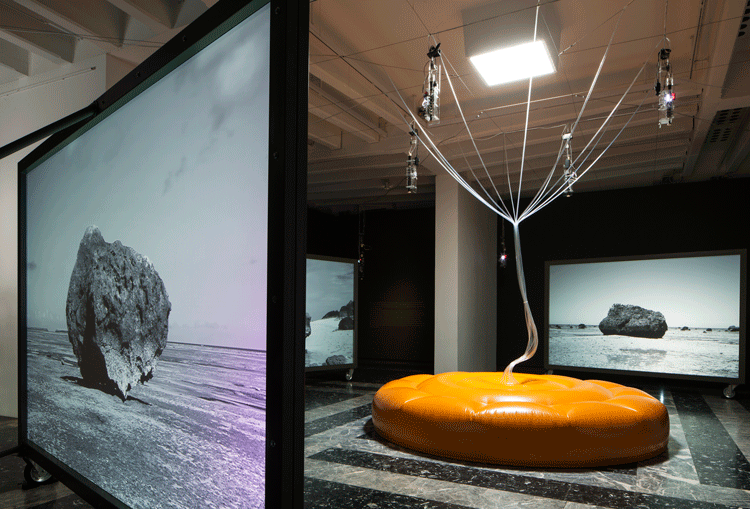
Political statements
Teresa Margolles - Muro Ciudad Juarez, 2010

Symbol of drug-related violence, this wall was made with concrete coming from a wall which stood in front of a school in Juarez, a city with one of the highest murder rates in Mexico. Protection, defense, violence, this work of art denunciate the damages caused by the brutalities of narcoviolence and echoes, through involuntary anticipation, the current political and econmical tensions between Mexico and the USA, becoming a symbol of our present times.
Past and present time
Several exhibitions display the inextricable links between "our interesting times" and the glorius past. No present emerges out of nothing, everything being the result of a past conception.
RUSSIA - Lc.15:11-32
The name of the exhibition refers to the Bible’s chapters of The Parable of the Prodigal son and also to Rembrandt’s painting of this subject, which became a central masterpiece at the Hermitage Museum (Saint Petersburg).
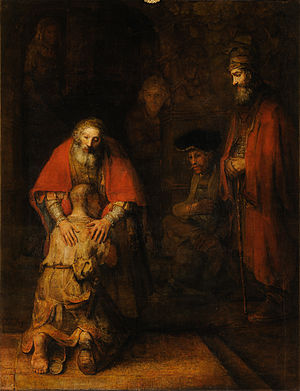
Rembrandt’s The return of the Prodigal son is the main theme of Alexander Sokurov’s installation.
In the second part of the exhibition Alexander Shishkin-Hokusai brings into contemporary times the Flemish school.
THE NETHERLANDS - The measurement of presence
Remy Jungerman explores visual language that might join different cultures to each otheR. Interestectig motifs from Africa, the Surinamese Maroon culture and the 20th century Modernism, he shows the hybridation of time and identity. Caractheristics of De Stijl, Mondrian’s grids and chromatics and Rietvield’s forms join the Suriname cultural elements in order to reimagine the path of International Style.

Less represented
Despite the infatuation of the public and of the Art Market for the Urban art this categorie of art remains poorly, or not represented at all, at the Biennale of Venice, the privileged forms of artistic expression being conceptual art and "video performances". Reason which might have convinced Banksy to draw attention, during the Biennale, with his video “Venice in oil”. The artist also stated:
Setting out my stall at the Venice Biennale. Despite being the largest and most prestigious art event in the world, for some reason I've never been invited. Banksy
Even though he didn’t claimed it officially, Banksy might have also marked his presence with a stencil on the wall of a venetian house.
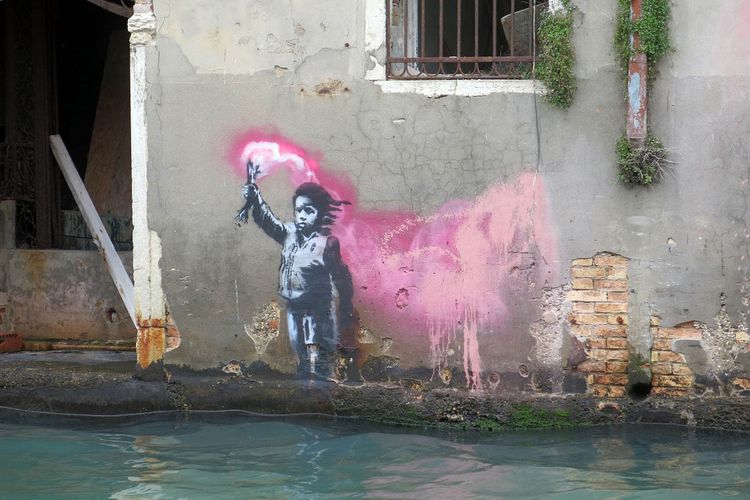
Main themes
Feminism, activism, or neologically called artivism, provocative ideas, equality in race and gender, freedom of speech and freedom of being, are the most common themes of the exhibition.
May you live in interesting times is the opportunity to show our present time through the eyes of artists, but paradoxically the Biennale of Venice 2019 is also the stage of art discrimination, where not everything is accepted despite the open mindness displayed. An institution remains an institution ruled by elitist prejudices, and Street art is only one of the numerous forms of art completely rejected by a small group of people deciding for universal taste. Is the public ever going to be able to decide on its own ? Is there ever going to be a real democracy in art, beyond nepotism, network and manipulation ? What criteria is responsible nowadays for hierarchy in art ?
You can still visit the Biennale of Venice until the 24th of November 2019

